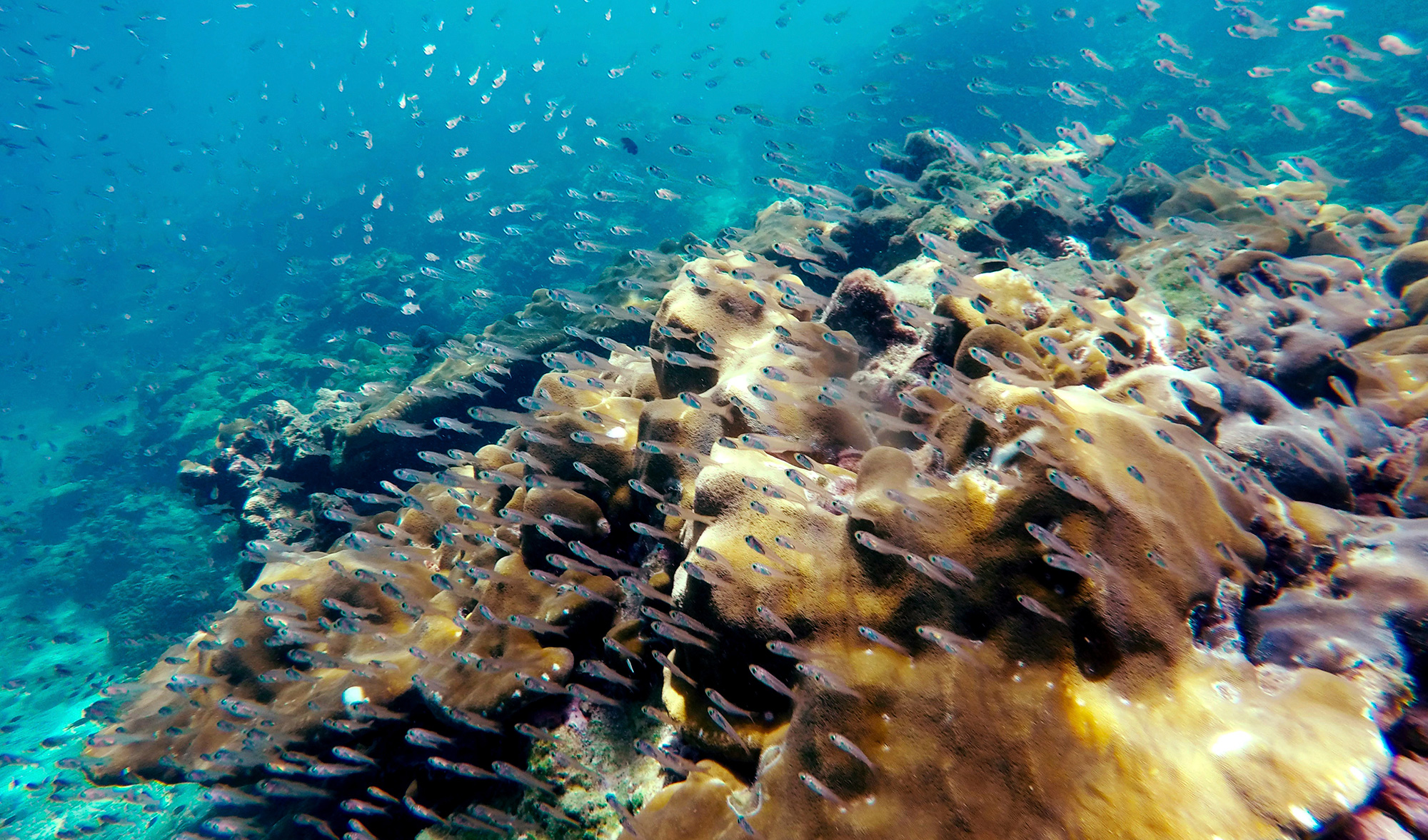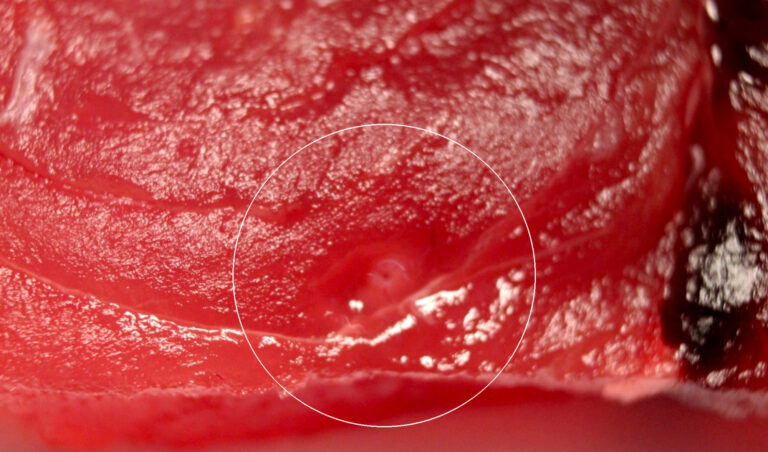Periodically, there are alarming announcements in the press regarding the level of mercury in tuna and other fish. “Is it safe to eat tuna?” is one of the first questions from the public. There is no doubt certain species (swordfish, sharks, tilefish, etc.) can carry higher levels of mercury than other species, but the relative health risk of eating these species even at excessive levels is negligible.
Without mincing words or trying to be politically correct, I call “BS” on the notion that mercury in tuna is a serious health concern in our society !
Important points to consider:
Methyl-mercury poisoning affects only a specific sector of the population, which are developing embryos (high levels of mercury affect the deposition of myelin in brain nerve cells of a developing fetus). It is for this reason that USFDA warnings are directed towards young children, breastfeeding mothers, and women of childbearing age. If you are not within this category, mercury in tuna is NOT a health issue.
The 1.0ppm mercury threshold established by the FDA for fish is in fact ten times the known concentration mercury poisoning can occur, which means one would have to consume TEN times the amount of fish at 1.0ppm to be affected by methyl-mercury poisoning.
There has not been ONE credible case of death or even sickness in the U.S. due to mercury poisoning from eating fish! Name one person you know who has died or become ill from eating mercury poisoning from fish. The only reference to the effects of mercury contamination cited is from some highly-publicized cases in Minamata, Japan in the 1950s, where excessive industrial dumping of mercury contaminated the fish in the bay and seriously affected those who ate the fish. 75 years have passed since learning this important lesson. Aside from child-bearing mothers and developing embryos, it is misguided for adults to worry about mercury levels in tuna when one’s focus should really be on the effects of being overweight, high blood pressure, alcohol, stress, lack of exercise, smoking, and a myriad of other real factors in life that truly affect one’s health.
There have been many scientifically sound diet studies that weigh the benefits of eating fish like tuna, high in omega-3 fatty acids, to the risk of the effects of mercury exposure. In all cases, the nutritional effects of including tuna and other fish in the diet FAR OUTWEIGH any potential exposure to mercury.
Japan is a nation with one of the highest per capita fish consumption in the world. The Japanese are somewhat concerned about mercury content in their food stocks, but are much more concerned about the concentrations of DIOXINs–a known carcinogen with no known “safe” concentration levels. Dioxins, a by-product of the chemical and plastics industry, have contaminated the groundwater in much of the world’s agriculture and concentrate in livestock that are fed grasses and grains. Pilchards (baitfish) can also accumulate dioxin from grazing on plankton from contaminated waters. Beef and pork products have 15-30 times the dioxin concentration of any form of fish. Peanut butter is also high in these dangerous compounds. Though it is common knowledge that eating fish is better for you than red meat, there are no media releases stating that eating red meat is like playing “Russian roulette,” as has been the case when certain groups target the longline tuna industry. Perhaps the strength of the meat industry lobby does not permit such tactics…
Prime Time Seafood has been importing, wholesaling, and responsibly procuring and promoting fresh tuna, along with other pelagic by-catch species for the past 25 years. We have been involved and informed on the methyl mercury issue for years, all under safeguards designed and regulated by the USFDA. In over two decades of importing tuna, Prime Time has never had a mercury test exceeding the 1.0 ppm threshold.
I began my career as a marine biologist working for nearly a decade in commercial marine aquaculture, I have a wife and four bright, balanced, and active children–all of whom have eaten fresh tuna (as well as red meat), their whole lives. The old adage, “everything in moderation,” I believe is the right attitude to lead a healthy balanced life.
With a background in science plus being informed of fishery-related issues on a commercial level for over three decades, as well as being an avid fisherman and outdoorsman my whole life, I feel I have some insight regarding this issue that most people, some NGO’s, and even government agencies do not.
In my opinion, what also needs to be exposed in these “health-related” press releases is exactly WHO is behind the mercury scare. Specifically, the Save the Turtle, or Turtle Restoration campaigns, are clearly and admittedly behind the anti-tuna/swordfish mercury publicity. Sea turtles can be caught as bycatch by pelagic longline vessels, the same vessels that target swordfish and tuna. Alarming the public from eating fish that contain scant levels of mercury is more of a back-door approach to saving turtle populations and not necessarily a public health service. I love sea turtles, and they need to be protected. One of the top experiences in life has been swimming amongst sea turtles in Hawaii with my kids. They are beautiful and graceful as they seem to “soar” through the ocean. But again, if one takes a scientific approach to this ecological challenge, maligning the consumption of tuna and swordfish via mercury scares is not the most efficient way to save turtles. The historical statistics show that turtle by-catch taken by the Hawaiian longline fleet is ONE turtle interaction* in 190,000 lbs of tuna captured.
A study made by NOAA cited that it is “1000 times more effective” to spend money on turtle habitat restoration than through the regulation of commercial fishing. The problem with the ocean’s turtle populations is that throughout the world, important nesting beaches are being developed into tourist hotels, golf courses, and urban development. Habitat preservation and restoration, in addition to reversing the culture of eating turtle meat and turtle eggs in many countries throughout the world, is by far the most effective approach to restoring turtle populations.
The commercial fishing industry should do all it can to reduce turtle and bird by-catch, and pressure from Sea Turtle restoration organizations is valid. Certainly, any science-based actions regarding seafood safety are accepted and implemented in our industry. We all have families, and we all appreciate and admire the oceans. As a marine biologist, aquaculturalist, and seafood marketer, I have a problem when politics trumps science regarding fishery law, and the public’s general perception of the tuna industry. Without a doubt, we continually need to address problems of overfishing, habitat destruction, implementing common international fishing laws, global warming, etc. But I also believe there are acceptable “case by case” solutions to the real challenge of supplying a growing world population with fish, one of the healthiest foods on the planet.
Rex Ito
Owner/CEO, Prime Time Seafood, Inc.
* A ”Turtle Interaction” with a longline vessel can be a sighting, capture and release, and/or capture and death of a sea turtle. The threshold for “turtle interactions” in the Hawaiian longline fleet is so strict that once the fleet of 130 vessels (which represents an industry that creates thousands of direct and indirect of jobs, plus revenues in the tens of millions), can be shut down when a “few” turtle interactions occur.




